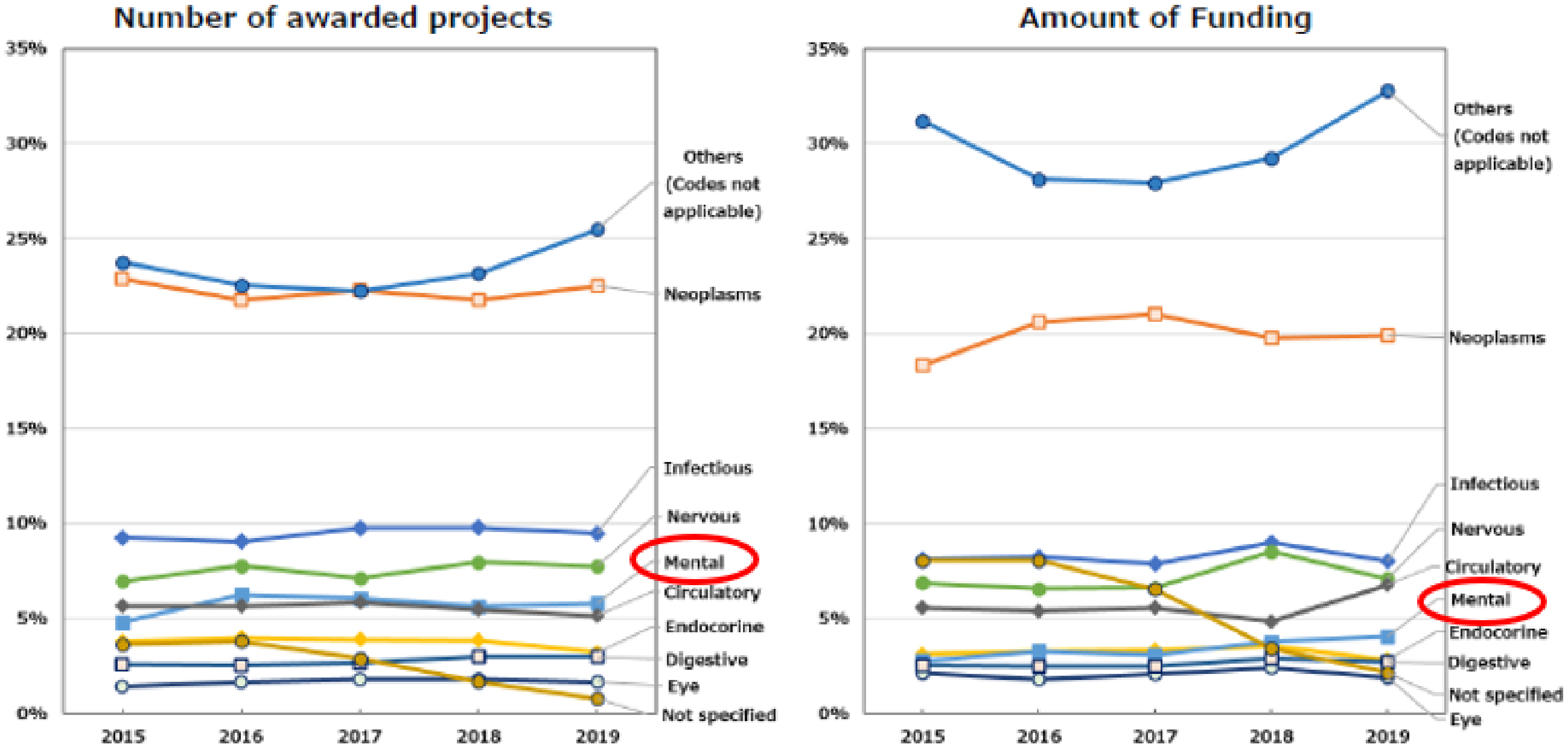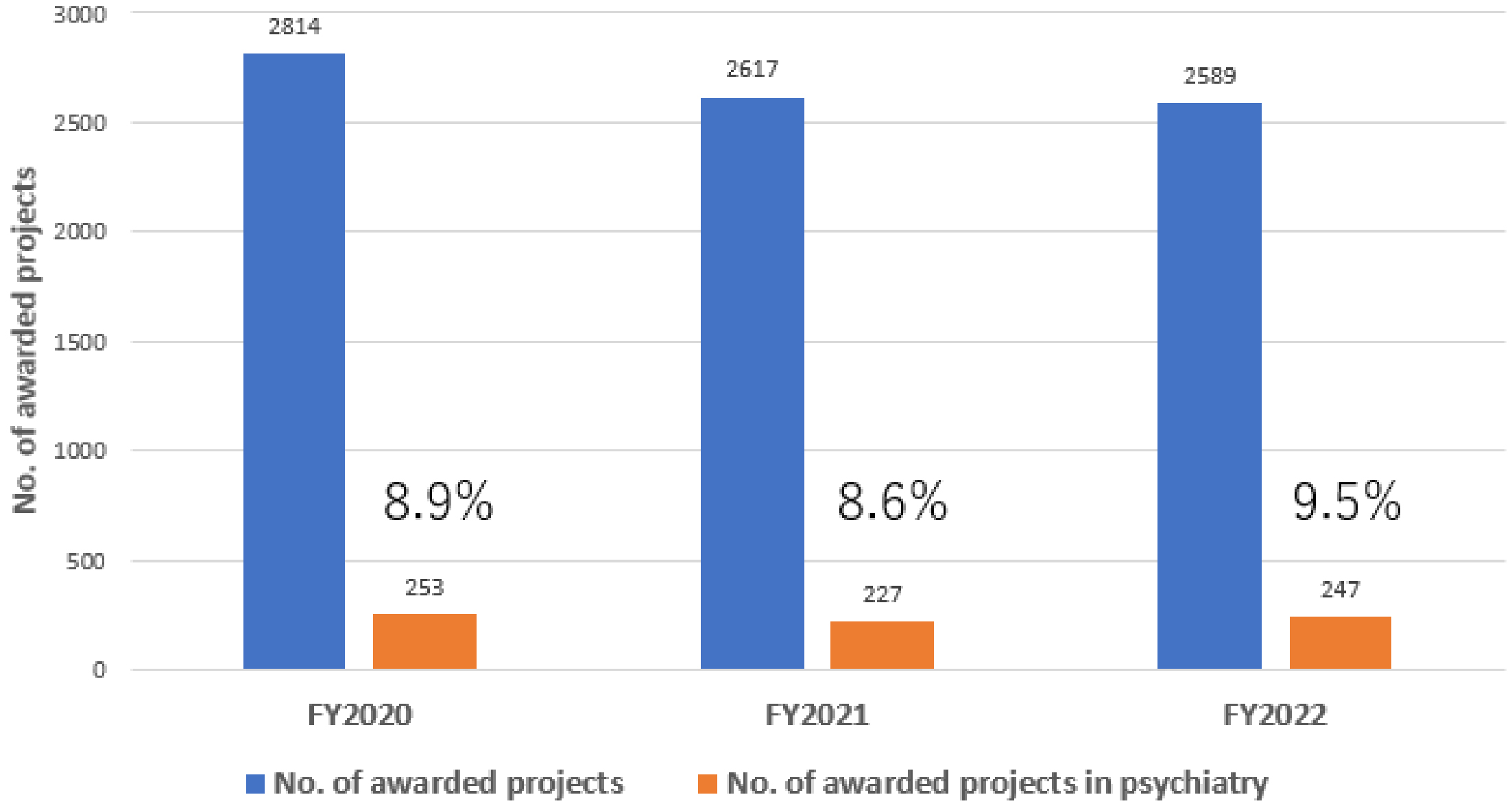Figure 1. Positioning of AMED (adapted with permission from Guide to AMED) (9).
AMED is an organization that plays a pivotal role in the field of medical R&D by integrating the R&D conducted independently by MEXT, MHLW, and METI.
AMED: Japan Agency for Medical Research and Development; METI: Ministry of Economy, Trade and Industry. MEXT: Ministry of Education, Culture, Sports, Science, and Technology; MHLW: Ministry of Health, Labor, and Welfare; MIC: Ministry in charge; R&D: Research and Development.
From: Funding Trends in Japan Agency for Medical Research and Development (AMED): Focus on Psychiatry

Figure 2. Six “Integrated Projects” centered on modalities (adapted with permission from Guide to AMED) (9).
AMED has established six “Integrated Projects” centered on modalities. These projects are coordinated with the projects of related ministries and agencies under the PD. Researches in specific disease areas are promoted across the integrated projects so that it can be managed flexibly by the coordinators of each disease area.
AMED: Japan Agency for Medical Research and Development; PD: program director.
From: Funding Trends in Japan Agency for Medical Research and Development (AMED): Focus on Psychiatry
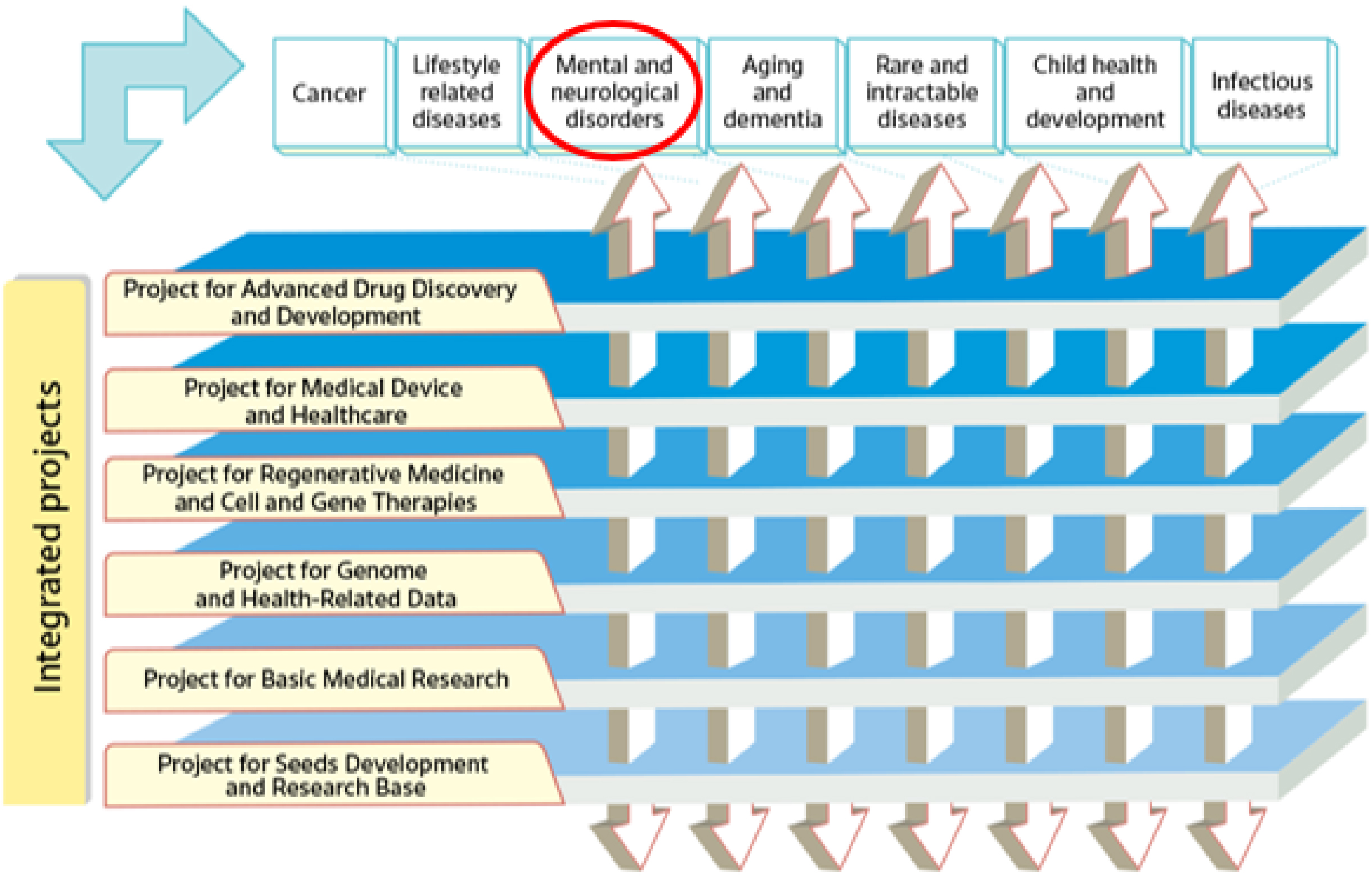
Figure 4. Number of applications, awarded projects, and success rates in FY2018-2022 (adapted with permission from AMED DataBook 2022) (11).
The success rate is defined as the ratio of the number of all adopted proposals to the number of all applications received for each FY. This figure is calculated on an annual basis using publicly available information from AMED regarding open calls for proposals (as of October 2023).
AMED: Japan Agency for Medical Research and Development; FY: fiscal year.
From: Funding Trends in Japan Agency for Medical Research and Development (AMED): Focus on Psychiatry
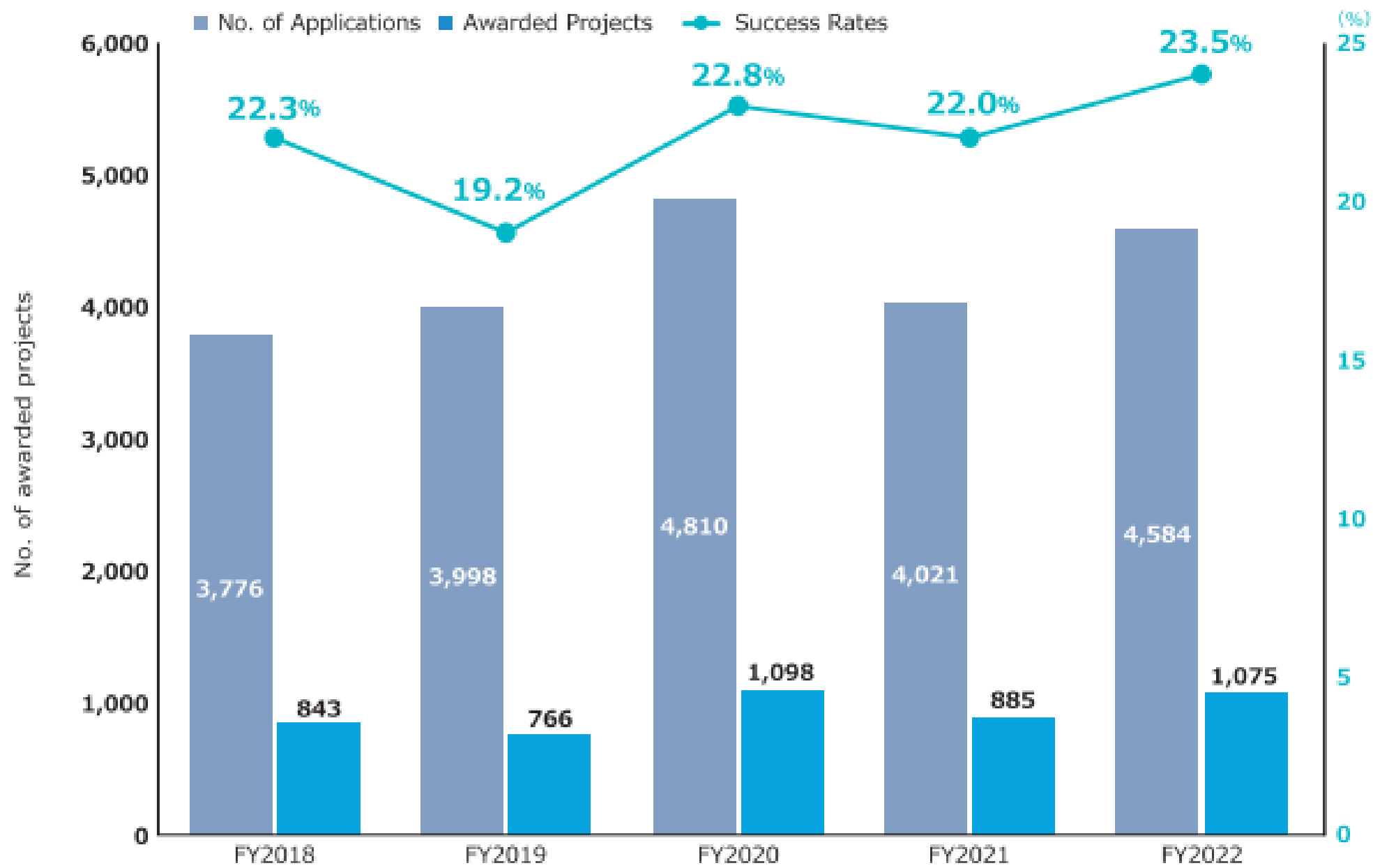
Figure 6. (Left) Number of awarded projects in FY2022, (right) R&D funding by integrated project in FY2022 (adapted with permission from AMED DataBook 2022) (11).
This figure is derived from AMED data (as of October 2023).
AMED: Japan Agency for Medical Research and Development; Basic Med.: projects for basic medical research; Drugs: projects for advanced drug discovery and development; FY: fiscal year; Genome: projects for genome and health-related data; JPY: Japanese yen; Med. Devices: projects for medical devices and healthcare; R&D: Research and Development; Regenerative: projects for regenerative/cellular medicine and gene therapies; Seeds Dev.: projects for seeds development and research base.
From: Funding Trends in Japan Agency for Medical Research and Development (AMED): Focus on Psychiatry

Figure 7. (Left) Trends in number of PIs by gender in FY2018-2022, (right) trends in average age of all PIs by gender in FY2018-2022 (adapted with permission from AMED DataBook 2022) (11).
The number of PIs represents the total number of newly awarded projects in each FY. The age of each PI is calculated as of the commencement of the FY in which the research project was initiated, based on their date of birth. This figure is derived from the Cross-ministerial R&D Management System (e-Rad) (as of October 2023).
FY: fiscal year; PI: principal investigator; R&D, Research and Development.
From: Funding Trends in Japan Agency for Medical Research and Development (AMED): Focus on Psychiatry
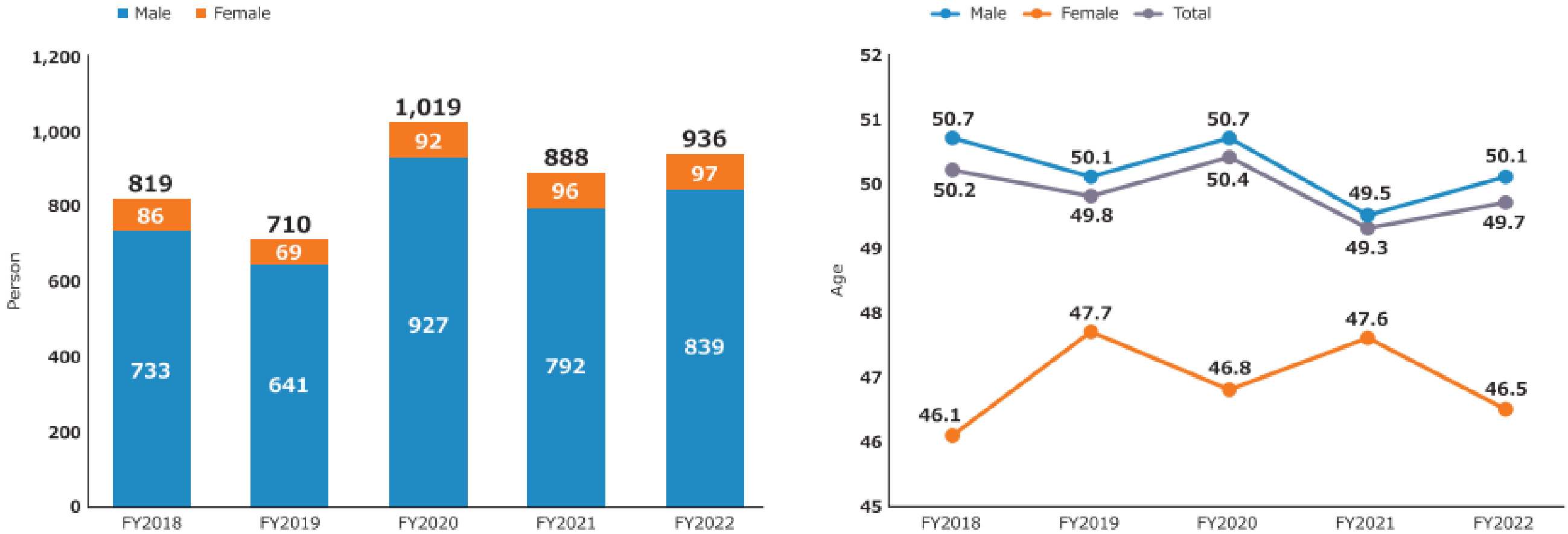
Figure 9. (Left) Trends in number of awarded projects related to classification of the Pharmaceutical and Medical Device Act in FY2020-2022, (right) trends of target diseases related to the classification in psychiatry.
The classification of the Pharmaceutical and Medical Device Act is as follows; (a) Awarded projects related to pharmaceuticals; (b) Awarded projects related to regenerative medicine products; (c) Awarded projects related to medical devices; (d) Awarded projects related to “not applicable” category; There is a degree of overlap in the target diseases and drug classifications addressed in some projects.
FY: fiscal year.
From: Funding Trends in Japan Agency for Medical Research and Development (AMED): Focus on Psychiatry
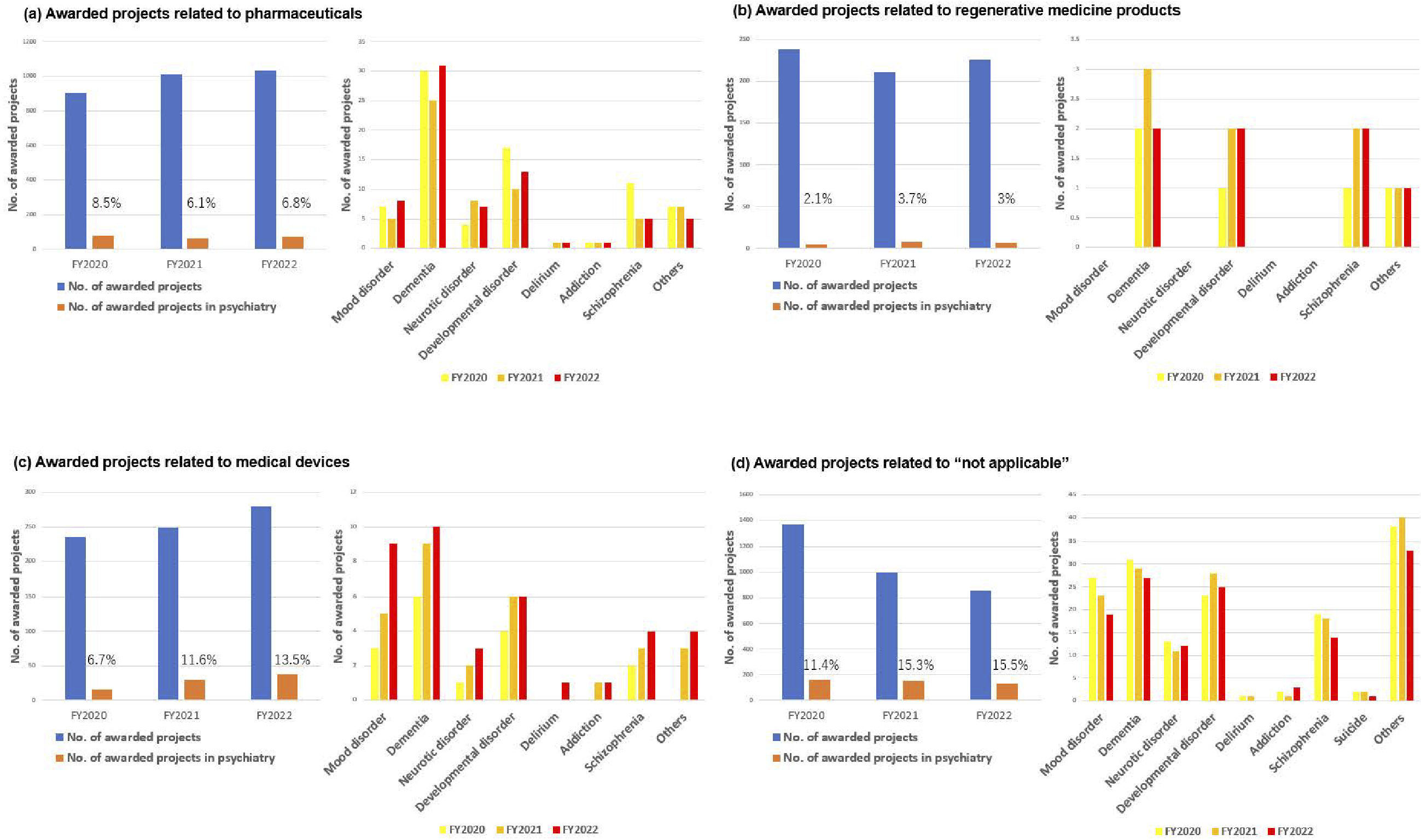
Figure 10. Trends of awarded projects related to digital mental health in FY2020-2022.
(a) Trends in number of awarded projects related to digital mental health in FY2020-2022; (b) Trends of target diseases related to digital mental health; (c) Trends of target diseases related to digital mental health by R&D phase. There is a degree of overlap in the target diseases and drug classifications addressed in some projects.
FY: fiscal year; R&D: Research and Development.
From: Funding Trends in Japan Agency for Medical Research and Development (AMED): Focus on Psychiatry



